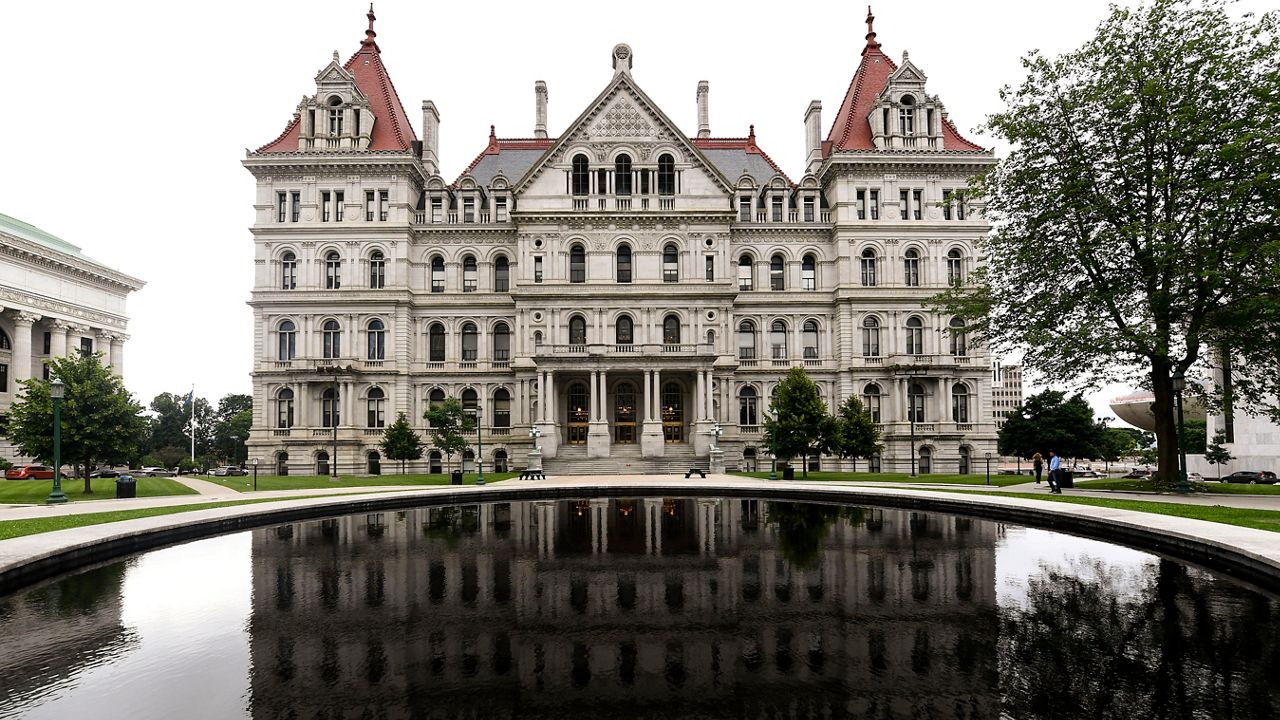There is always a lot at stake when a governor presents their budgets to New York. The proposals deal with billions of dollars of aid for schools, health care and money to help the state's most vulnerable.
But there are also ways on the micro level budgets affect New Yorkers in their day to day lives. Here are three of them, by no means an exhaustive list.
1. Vaccine leave.
The budget proposed gives workers in the public and private sector four hours of paid leave for two COVID-19 vaccination doses. The proposal is meant to make it easier for people to get the vaccine doses, fitting them in with work schedules. The proposal also comes as vaccine distribution has lagged and state officials are pushing the federal government to supply more doses.
The state is setting up more vaccination sites to provide doses to people, and currently people age 65 and above, along with essential government workers and people who have compromised immune systems qualify. But the wait for an appointment could be up to 14 weeks.
2. DMV fee.
The Department of Motor Vehicles, like the post office, is the great leveler. Drivers rich and poor eventually have to wait in line. But the pandemic has pushed more of reasons to go to the DMV, including license and registration renewal. Cuomo's budget would tack on a $1 fee for each transaction for every license and registration transaction conducted online. Revenues would be used to maintain the DMV's technology infrastructure.
3. "Rational tuition" remains.
The budget would keep in place "rational tuition" increases for the state and city of New York public university and college systems. The budget limits increases in a resident tuition rate at SUNY and CUNY schools to $200 a year through 2025.
Supporters of the plan, including Cuomo, have said the method of tuition increases provides predictable. Critics contend it makes taxpayer-funded higher education less affordable.
Still, Cuomo's budget office argues the four-year average tuition remains lower than 40 other states and pointed to efforts to expand tuition assistance. One of those programs allows families making up to $125,000 to receive last-mile tuition assistance impacting 230,000 students.



